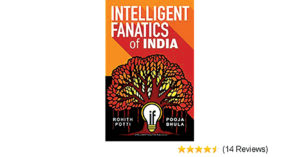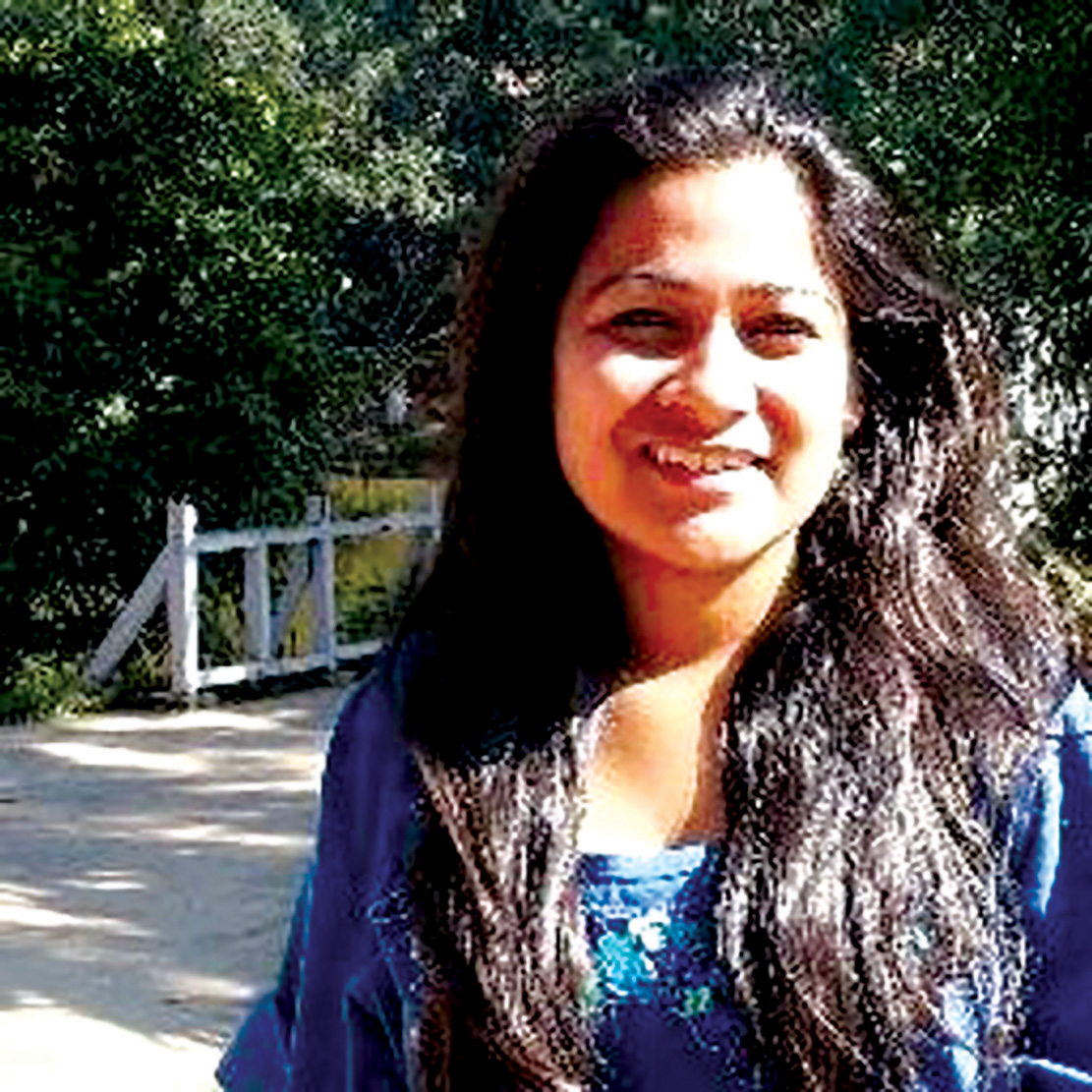Where did the spark come from that inspires a big business empire? What odds do entrepreneurs face in India’s challenging environment? This books tells us some of the stories
First generation entrepreneurs are obviously intelligent fanatics, which is how this book as well as US-based publishing house gets its name. They are able to create a culture that endures, and keeps a company going even if salaries are low and competition tough. The term was coined by Charlie Munger, a successful American investor whom Warren Buffet calls his partner.
Munger once observed, “The three best operating companies I’m aware of are Costco, Kiewet and Glenair. There is nothing remarkable about the product or field for any of these three. But there is something remarkable about the culture of all three.”
This book features seven successful Indian companies: Aravind Eye Care, Naturals Ice Cream, Mafatlal Industries & Nocil, House of Anita Dongre, V-Guard, Furtados India and TTK Group. The first and the last have been adequately covered by the business press and are household names, so they need not detain us here.

None of the entrepreneurs in this volume went from rags to riches, but they certainly weren’t born with a silver spoon in their mouths. The most fascinating journeys were of those who did not come from business families and had no money of their own to invest. This makes their stories inspiring for readers from the salaried class, but the corporate culture and HR practices are not highlighted, as you would expect from learning about Munger’s philosophy in the first chapter. In fact, the ‘soft skills’ needed for running a business get only passing mention.
Take Raghunandan Kamath, founder of Naturals, which runs a chain of 124 ice cream parlours across India. He was the son of a mango orchardist and failed in his 10th Board exam three times. Hrishikesh Mafatlal belonged to the fourth generation of a famous textiles family, joined the business at the age of 22 in 1977, three years before the back-breaking Bombay textile workers’ strike. There was a split in the family and then came a recession.
Anita Dongre also did not have it easy. Her family fled from Sindh during Partition and went from riches to rags. Her fashion label AND, started with her sister, beats United Colors of Benetton, Van Heusen and Allen Solly in market share.
Kochouseph Chittilappilly was a rich farmer’s son who grew up in Kerala village at a time of bullock carts and fluctuating electricity supply. He had dyslexia (a learning disability) but developed a love for physics, which metamorphosed into a love for machines. He opted out of a banking job at the age of 22 and started his own business selling voltage stabilisers.
As the authors put it, “The decision shocked his parents and other well-wishers because the likelihood of success in business in Kerala was much worse than it is today (and it is quite low today). Chittilappilly describes it thus: ‘After I announced this intention, there was stunned silence in the beginning. And then for quite a few days, the atmosphere at home was akin to that of a funeral. They thought I was being a complete idiot.’”
This is the man whose three companies are today worth Rs 12,000 crore – starting from a Rs 1 lakh loan from his father because no bank would lend him the amount. He has one more proud achievement to his name. “At the age of sixty, despite being advised against it by doctors and over the objections of his family, he volunteered to donate a kidney to a total stranger. The reason? ‘I wanted people to know that it is OK to donate one of your kidneys to save someone’s life, provided you’re healthy.’”

Another remarkable story is that of John Gomes, whose family lived on a small island in the Mandovi river in Goa. He started out at 14 by selling religious goods door to door and went on to college but dropped out because he was already doing so well. He rejoined college at the age of 35 but dropped out again due to a heart attack.
Also unusually, he married only at 42, had four children and died at the age of 76 in 2003. His company Furtados India ended up becoming ‘the largest Western instrument retailer in postcolonial India’.
The authors draw an important lesson from his life: ‘The importance of encouraging his children to be active in the business at a young age cannot be overemphasized; in more recent times, companies such as Mumbai’s Godin – which, like Furtados, had survived all these years – closed down because the next generation was not interested in continuing the business.
‘The inability to transfer enthusiasm, ethos, and accumulated business knowledge or to transition from a family business to modern enterprise have been challenges family businesses across sectors. In fact, this gap has led to the invention of family business management schools in India.’
For management students, who often do case studies, this book would be useful reading. For the lay reader, however, it lacks the style that should have been added on to the substance/content. A good editor would have been able to transform the storytelling and give the book a central focus.
As it stands, it is a series of success stories told in a linear fashion. When you read such stories, appropriately hyped up, in a periodical, with well-shot pictures, they hold your interest. But one after the other, in a paperback with poor production values, the material presented for our information and education does not quite enthrall.





